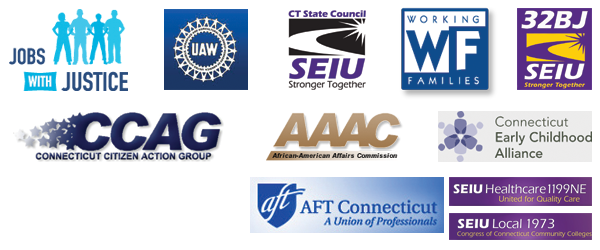Biomedical analysis: In reality? nIt’s not quite often that a homework document barrels to the direct
for its a millionth check out. Many biomedical papers are published everyday . Irrespective of regularly ardent pleas by their writers to ” Look at me!essaycapitals.com Evaluate me! ,” almost all of these articles or reviews won’t get very much detect. nAttracting care has under no circumstances been problems because of this document nonetheless. In 2005, John Ioannidis . now at Stanford, circulated a newspaper that’s also finding about up to interest as when it was initially submitted. It’s one of the better summaries of your hazards of examining an investigation in solitude – as well as other dangers from bias, as well. nBut why a lot desire . Actually, this article argues that many written and published researching studies are unrealistic . Since you would count on, other folks have stated that Ioannidis’ circulated conclusions are
phony. nYou would possibly not ordinarily get arguments about statistical options the only thing that gripping. But follow that one if you’ve been frustrated by how often today’s fantastic clinical news becomes tomorrow’s de-bunking scenario. nIoannidis’ paper depends upon statistical modeling. His computations directed him to quote more and more than 50% of produced biomedical research information with a p valuation of .05 could be phony positives. We’ll revisit that, but first meet two pairs of numbers’ experts who have questioned this. nRound 1 in 2007: enter Steven Goodman and Sander Greenland, then at Johns Hopkins Area of Biostatistics and UCLA correspondingly. They questioned certain parts of the main study.
So they asserted we can’t however complete a trusted universal estimation of incorrect positives in biomedical researching. Ioannidis published a rebuttal while in the opinions section of the genuine document at PLOS Medical treatment . nRound 2 in 2013: second up are Leah Jager with the Division of Mathematics along at the US Naval Academy and Jeffrey Leek from biostatistics at Johns Hopkins. They implemented an entirely numerous system to consider the very same problem. Their summary . only 14Percent (give or use 1Per cent) of p beliefs in scientific research could be untrue positives, not most. Ioannidis replied . Consequently managed to do other research heavyweights . nSo how much money is bad? Most, 14Percent or do we hardly know? nLet’s begin with the p worth, an oft-misinterpreted process that could be integral to the present disagreement of unrealistic positives in investigate. (See my prior publish on its section in modern technology negatives .) The gleeful multitude-cruncher over the appropriate recently stepped directly into the incorrect positive p significance trap. nDecades earlier, the statistician Carlo Bonferroni tackled the challenge of trying to are the cause of installing fictitious beneficial p principles.
Work with the check when, and the probability of currently being bad may just be 1 in 20. Nevertheless the more regularly you are using that statistical test out trying to find a favorable connection amongst this, that additionally, the other information you have got, the a lot of the “breakthroughs” you think you’ve manufactured will likely be incorrect. And the number of racket to transmission will increase in greater datasets, likewise. (There’s more on Bonferroni, the down sides of numerous evaluating and fictitious finding rates at my other website, Statistically Hilarious .) nIn his document, Ioannidis normally requires not just for the impression of your reports into mind, but bias from learn procedures overly. While he highlights, “with maximizing bias, the possibilities that your chosen examine selecting is valid fade substantially.” Excavating
close to for feasible associations with a great dataset is less effective when compared with a massive, nicely-created scientific trial run that lab tests the type of hypotheses other review variations produce, to illustrate. nHow he does this is actually the very first region precisely where he and Goodman/Greenland part approaches. They fight the technique Ioannidis which is used to keep track of prejudice during his type was really serious that it transmitted how many assumed incorrect positives rising too high. All of them decide on the difficulty of prejudice – simply not on the way to quantify it. Goodman and Greenland also argue that the best way lots of analyses flatten p beliefs to ” .05″ rather than specific price hobbles this evaluation, and our opportunity to test the topic Ioannidis is addressing. nAnother region
where exactly they don’t see eyesight-to-eyeball is over the verdict Ioannidis involves on higher page parts of study. He argues if a lot of experts are proactive in a very subject, the likelihood that anyone analysis looking for is drastically wrong will increase. Goodman and Greenland believe that the device doesn’t aid that, only that when there are other research projects, the possibility of fictitious research enhances proportionately.
